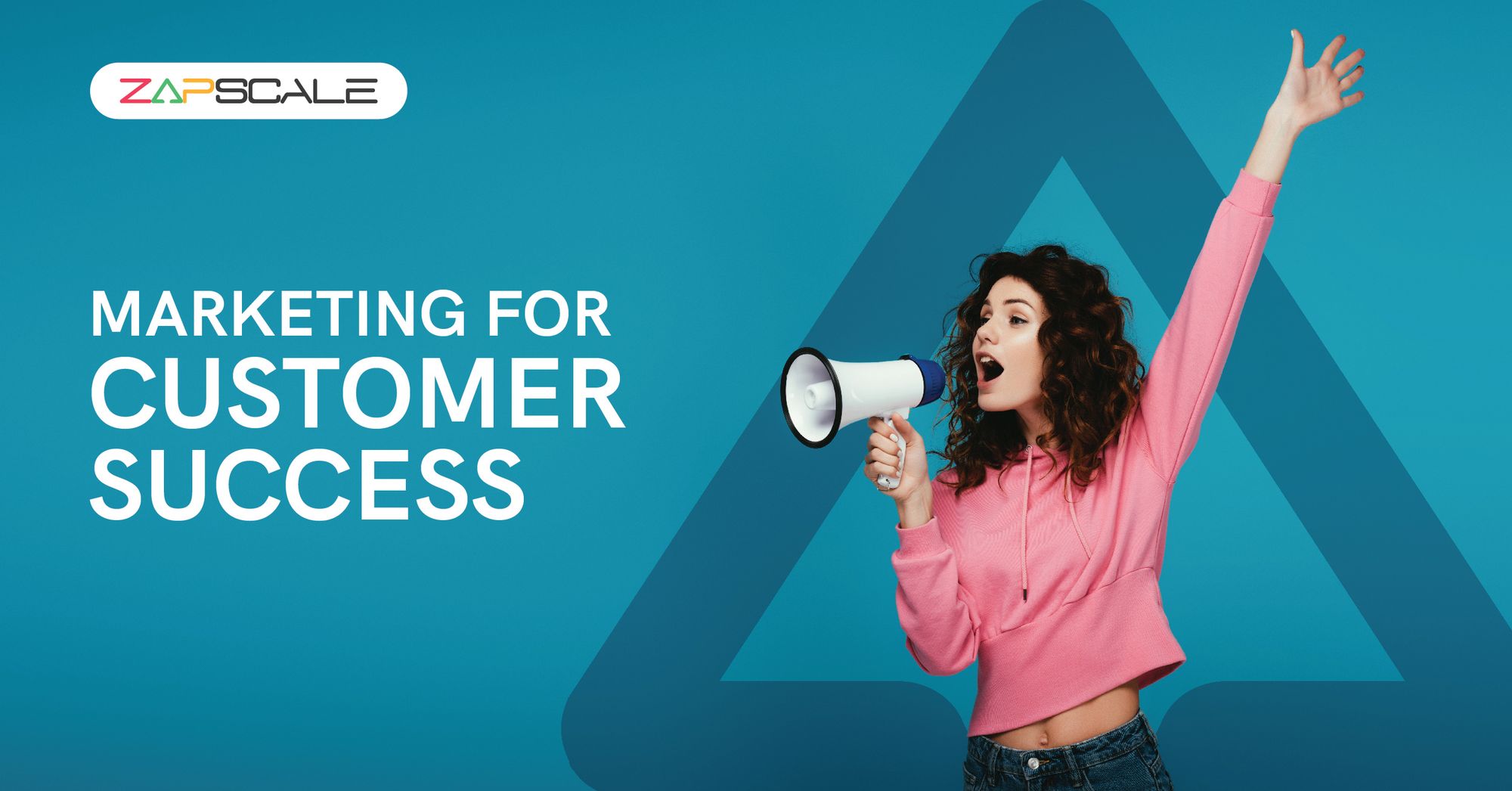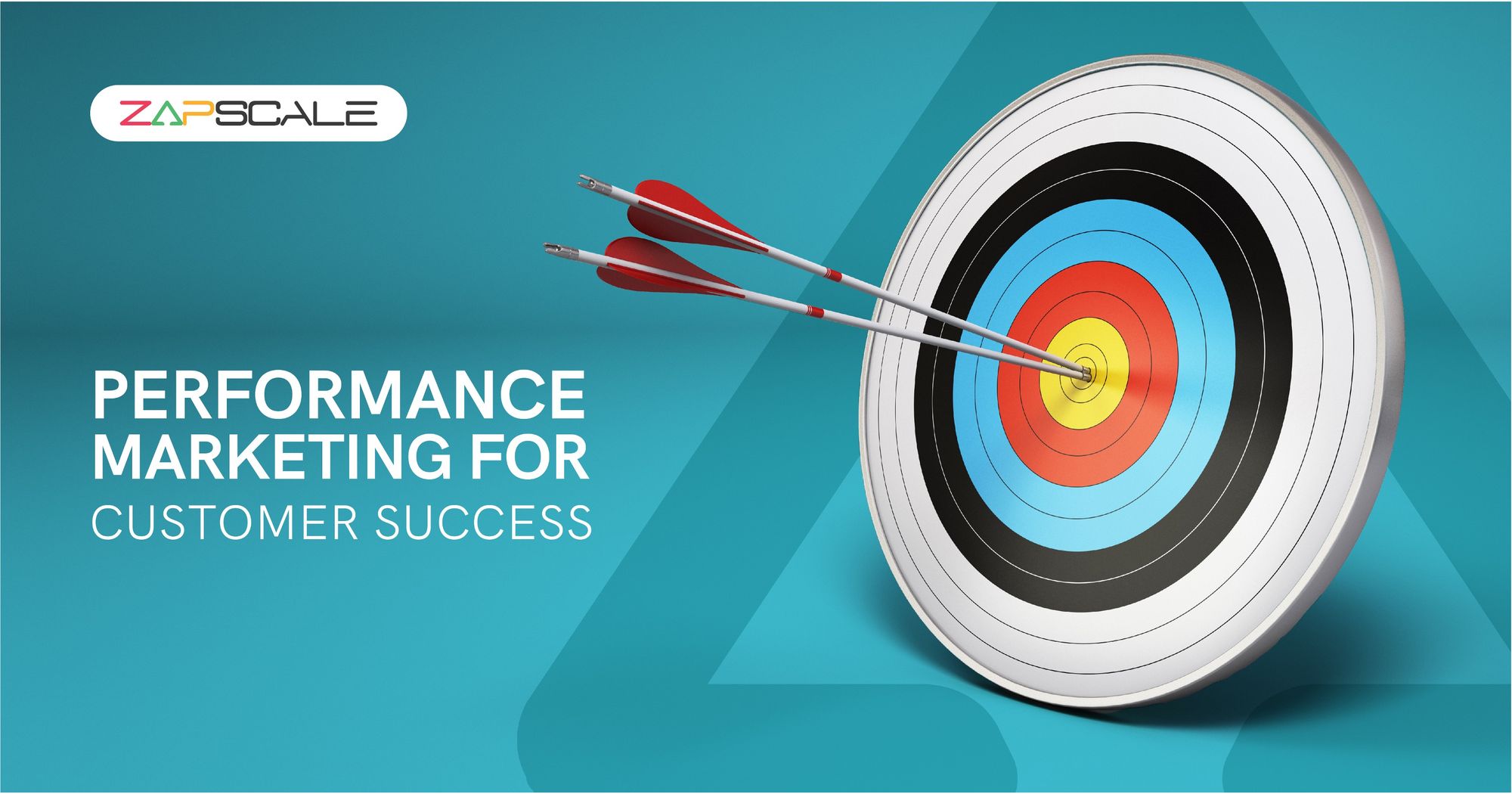CATEGORY > Customer Marketing
Are we doing the right marketing for Customer Success?

As a marketer, what do you do with a lead that suits your ICP and shows interest in what your brand has to offer? You tag them as an ‘MQL’ and pass them on to sales. That is exactly where marketing in most B2B businesses stops. In some cases, it might also mean creating artifacts to support sales – but that’s a hard stop right there. That’s the limit to which marketing reach in most B2B setups.
Customer Marketing for Customer Success
Why should marketing start and end with the objective of generating customers? In order to truly utilize the potential of marketing, one needs to go beyond the conversion stage and create a marketing charter for the customer. B2B businesses must start focusing on customer marketing.
But I get it, it can be a challenge for marketers to focus on customer marketing due to reasons like:
- Lack of resources
- Too much focus on new acquisitions
- Lack of customer visibility
Though a lot of marketers wouldn’t agree with me on the above paragraph since they would always believe what they’re doing is ultimately customer marketing in some way.
For example, recording customer testimonials, creating case studies, organizing customer events, sending newsletters, creating blogs, etc. But I don’t know if you’ve noticed – all these activities are part of a reactive marketing strategy.
Are these marketing efforts enough?
Is it true customer marketing in today’s business environment where customer and dollar retention are vitally important for a sustainable business? Getting customers is equally important as keeping customers.
Successfully retaining customers can significantly impact a business
- Increasing customer retention by 5% can increase profits from 25-95%.
- The success rate of selling to a customer you already have is 60-70%, while the success rate of selling to a new customer is 5-20%.
Customer marketing begins when you have nurtured a prospect into becoming a customer, but it does not end there. Even after you convert a lead into a customer and they finally start using your product, you must continue to engage with them and identify the right messaging and communication to help build loyalty and strengthen their relationship with your business and product.
In today’s scenario where the SaaS market is on the boom, customer expectations from a brand are increasing exponentially. According to a study done by HubSpot on Customer Loyalty, ‘2021 was a hard year, with almost 90% of leaders reporting that customer expectations have increased to an all-time high.’
How can marketing contribute?
If I were to take a starting point, I would start with improving customer experience by matching the customer expectations around the product. For any business relationship to flourish, the first few months are very crucial. It’s almost similar to dating someone, where you persistently try to impress the other.
Product Adoption
In the case of a B2B SaaS business, all the key interactions and conversations are based around the product in the first few months. One of the first major setbacks that businesses face is at the product adoption stage.
Product adoption is when your customers successfully learn about your product and start using it to achieve their desired goals. And if product adoption becomes a bottleneck, it is worthless to talk about the rest of the customer journey.
Marketing can prove to be a catalyst for change and help in quicker product adoption.
How can marketing help in product adoption?
Across your customer base, there are some who are early adopters and then there are the late adopters.

To ensure quicker product adoption, it is imperative that marketing works closely with the customer success team. Marketing can help to devise a focused approach towards reducing ‘The Chasm’ by pulling the early majority and late majority users to early adopters and also reduce the laggards by pulling them to the stage before.
What are the steps you need to take?
Step 1: Enable the marketing team the visibility on the customer’s journey
Step 2: Ensure a close working relationship between the marketing and CS teams
Step 3: Identify the early majority, late majority, and laggards
Step 4: Create personalized and customized communication for the customer segments
Personalized communication carries great power. In a survey conducted by Ascend2, “70% of respondents named “personalizing the customer experience” as their top priority.”
It can contribute heavily to making the customer successful and consequently help in retention, customer expansion, and fostering brand loyalty. When you recognize and prove to your customers that you know them, that is when you gain their trust in reality.
Conclusion
I believe if we as marketers do our part in improving the product adoption curve – it will result in manifold benefits for the business – both in terms of adding value and improving customer experience.
Product adoption is just one of many stages of the customer lifecycle where customer marketing can help. There is also onboarding, education, value realization, and value expansion. We just need to redefine our outlook, restructure our business metrics, and realign our teams because marketing should contribute to customer experience from a proactive stance and not a reactive one.
ABOUT THE AUTHOR
Popular from Customer Marketing
Quality Content,
Straight To Your Inbox!
Subscribe for the latest blogs, podcasts, webinars, and events!

Write a Blog
If you have experience in CS and
a flair for writing, we’d love to
feature you.
Write to us on
hello@zapscale.com



